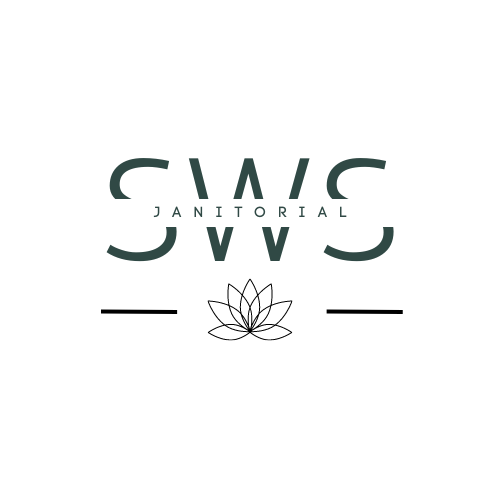Simple & Best Practices for Cleaning Medical Spaces
Creating a Sterile Environment: Best Practices for Cleaning Medical Spaces
Maintaining a sterile environment is absolutely critical in medical facilities, where even the slightest contamination can have devastating consequences. From operating rooms to patient examination areas, every surface must be thoroughly cleaned and disinfected to prevent the spread of harmful pathogens.
In this blog post, we'll explore the essential best practices for cleaning medical spaces and upholding the strictest standards of cleanliness and sterility.
Prioritize the Use of EPA-Registered Disinfectants
The first and most important step is to utilize disinfectants that are registered with the Environmental Protection Agency (EPA) and proven effective against a wide range of microorganisms. These EPA-registered products are the most powerful and reliable options for eliminating dangerous pathogens.
When using these disinfectants, it's crucial to carefully follow the manufacturer's instructions, including proper dilution ratios, contact times, and safety precautions. Ensuring disinfectants are applied to all high-touch surfaces, such as doorknobs, countertops, and medical equipment, is essential for creating a truly sterile environment.
Implement Stringent Cleaning Protocols
Developing detailed, area-specific cleaning checklists and procedures is key to leaving no surface uncleaned. Techniques like double-bucket mopping and microfiber cloths are more effective at trapping and containing contaminants compared to traditional cleaning tools. By thoroughly cleaning and disinfecting all surfaces, from walls to floors to ceilings, professional cleaners can eliminate any potential sources of infection.
Maintain Proper Personal Protective Equipment (PPE)
Equipping cleaning staff with the appropriate PPE, including gloves, gowns, masks, and eye protection, is crucial for safeguarding both the team and the environment. Strict adherence to proper donning and doffing procedures is essential to prevent cross-contamination. Ongoing training for the cleaning crew on the importance of PPE and its proper usage helps ensure continued vigilance.
Establish Robust Quality Assurance Measures
Implementing regular inspections and audits allows medical facilities to identify and correct any lapses in the cleaning process. Utilizing advanced monitoring tools, such as ATP testing, provides objective data to validate the effectiveness of disinfection efforts. Continuously reviewing and updating cleaning procedures to align with the latest industry standards and guidelines is key to maintaining the highest levels of cleanliness and sterility.
By following these best practices for cleaning medical spaces, healthcare organizations can create a truly sterile environment that significantly reduces the risk of healthcare-associated infections (HAIs). Partnering with a specialized medical cleaning provider can help ensure your facility upholds the strictest standards of cleanliness and patient safety.
